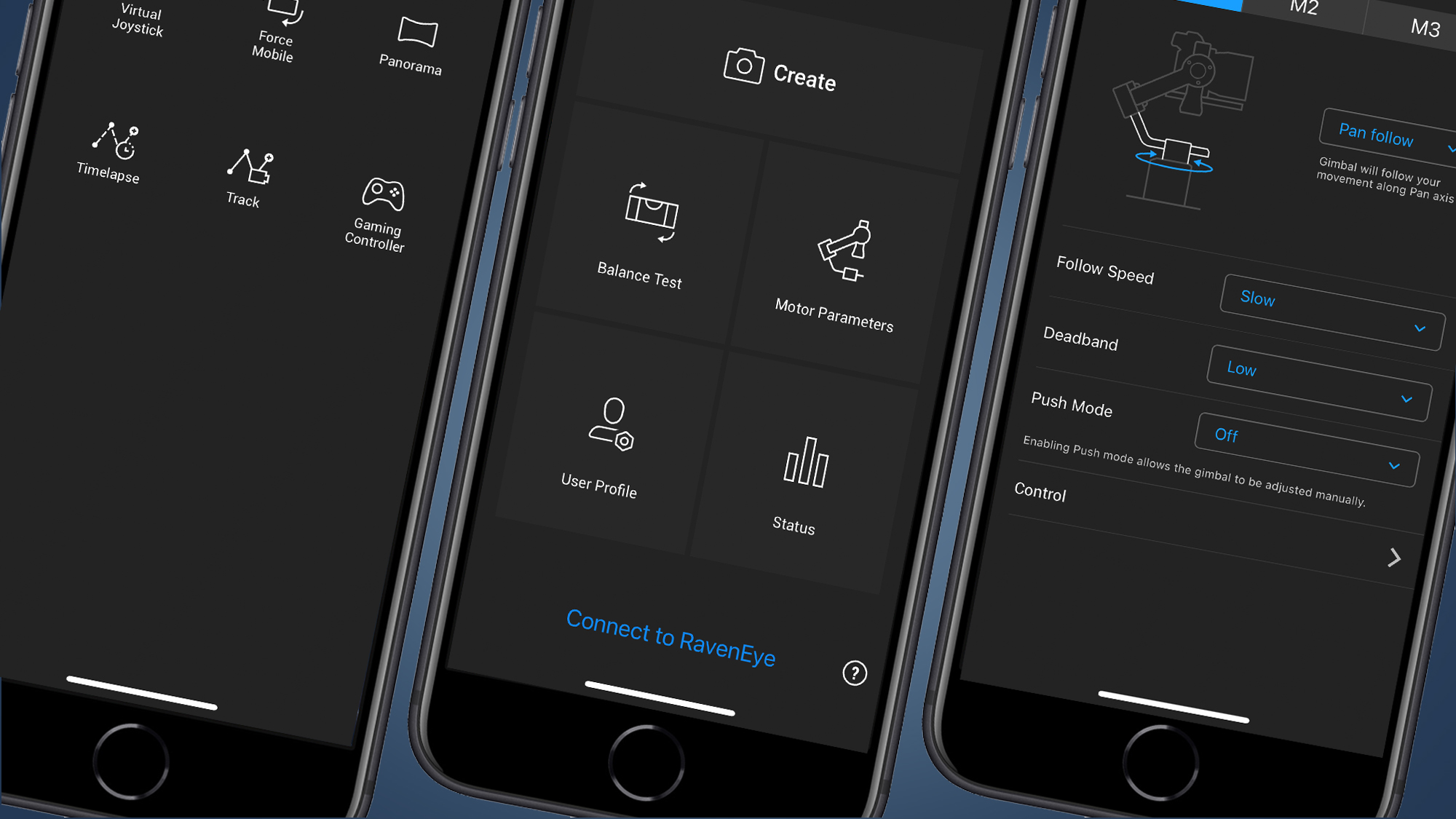DJI Ronin RS 2 and RSC 2 are the filmmaking friends your mirrorless camera needs
Gimbal sequels bring new designs and filmmaking features

The original DJI Ronin-S and Ronin-SC gimbals became essential accessories for YouTubers and amateur filmmakers – and now the drone giant has built some souped-up sequels called the DJI RS 2 and RSC 2. (Want to skip straight to our early verdict on the latter? Check out our hands-on DJI RSC 2 review).
Like the DJI OM 4 (or Osmo Mobile 4), the new DJI Ronins have adopted slightly confusing RS 2 and RSC 2 monikers. But fortunately, they've also brought plenty of new features and more portable designs. Unlike the smartphone-friendly DJI OM 4, they're also both strong enough to support full-size DSLRs and mirrorless cameras.
If you've got a particularly weighty setup, then the DJI RS 2 is the model for you – despite reducing its own weight down to 1.3kg, it can take a payload of up to 4.5kg. That's strong enough for a hefty DSLR like the Nikon D850 plus a heavy lens.
The RSC 2 (above), meanwhile, is smaller DJI Ronin for those who have compact mirrorless cameras and lack the Popeye forearms needed to carry around its sibling. The latter is also a little more user-friendly for those who don't want to always shoot manually, with a new stabilization algorithm on board to help smooth out fine details.
So what else is new on the two gimbals? The DJI RS 2 has new axis locks for easier transportation, plus a new 1.4-inch color touchscreen that show your gimbal settings, camera data or a live feed from your camera. You can also use it to start modes like ActiveTrack which, as the name suggests, handles subject tracking.
But it's the DJI RSC 2 that gets the more interesting overhaul, with a new portable, folding design that means it packs down into a backpack-friendly bundle. Despite this, it can support a payload of up to 3kg, which means it's strong enough to handle weighty combinations like the Panasonic Lumix S1H and a 24-70mm lens.

- Check out our hands-on DJI RSC 2 review
- These are the best drones you can buy right now
- Or read our guide to the best YouTube cameras in the world
Time Tunnel tricks
Like the DJI RS 2, the RSC 2 also benefits from a new 1-inch OLED display, which shows camera data and lets you change settings. This particularly stood out in our hands-on DJI RSC 2 review, which describes it as "a simple but transformative addition".
Get daily insight, inspiration and deals in your inbox
Sign up for breaking news, reviews, opinion, top tech deals, and more.
There are lots of creative presets on board both gimbals, too, including the usual time-lapses and panoramas. But there's also a new option that's due shortly after launch – Time Tunnel will allow your camera to pull off a 360-degree roll while capturing a hyperlapse, which many cameras told us they were particularly excited about.
To really unlock the RS 2 and RSC 2's full potential, though, you'll need to add some accessories, which brings us onto their pricing. Available from today, the DJI RS 2 costs $849 / £699 (around AU$1,270), while the DJI RSC 2 is a more palatable $499 / £389 (approximately AU$700).
Both start to get a little pricier when you start to add accessories with their Pro Combo bundles, though. This pack includes a lot of very handy extras, including a smartphone holder, Focus Motor, RavenEye Image Transmitter and carry case, among other things. This Pro Combo bundle for the DJI RS 2 costs $999 / £839 (around AU$1,525), while for the DJI RSC 2 it's $739 / £569 (approximately AU$1000).
Still, both three-axis gimbals can completely transform the kind of footage you can create with your existing camera – check out our DJI RSC 2 review for more details, which we'll be turning into a full review very soon. Want to know if your camera is compatible? Have a look at the DJI RS 2 and DJI RSC 2's product pages.
- These are the best DJI drones you can buy right now

Mark is TechRadar's Senior news editor. Having worked in tech journalism for a ludicrous 17 years, Mark is now attempting to break the world record for the number of camera bags hoarded by one person. He was previously Cameras Editor at both TechRadar and Trusted Reviews, Acting editor on Stuff.tv, as well as Features editor and Reviews editor on Stuff magazine. As a freelancer, he's contributed to titles including The Sunday Times, FourFourTwo and Arena. And in a former life, he also won The Daily Telegraph's Young Sportswriter of the Year. But that was before he discovered the strange joys of getting up at 4am for a photo shoot in London's Square Mile.